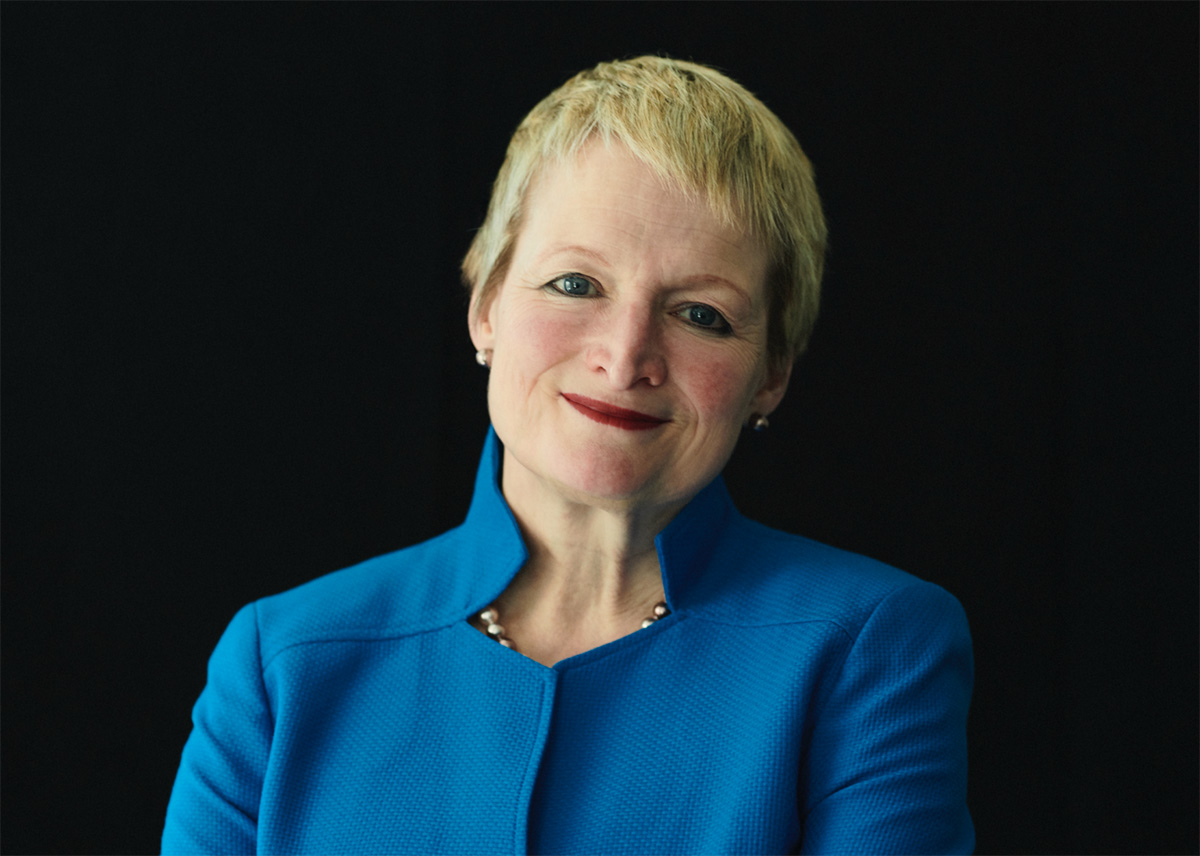Elevated interest rates are now affecting US businesses’ plans, according to the latest research among financial executives.
When America sneezes, as the old phrase runs, the rest of the world catches a cold. It’s a saying that has been wheeled out regularly for almost 100 years, since the Wall Street Crash of 1929 – and while the global economy today looks very different, the sentiment still holds, thanks to the sheer size of the US economy and the enduring importance of the dollar. It is why, for example, at a time of sharply rising inflation, the Federal Reserve’s interest rate decisions are so widely influential globally. And it is why the perspectives of US-based financial leaders – including chief financial officers (CFOs), vice presidents and directors of finance and other financial decision-makers – are significant not only for executives working across the US business community, but for leaders around the world.
The views of that group about the health of the US economy have been tracked since 1996 through The CFO Survey, one of the most comprehensive and longest–running surveys of financial decision-makers. Started by Duke University’s Fuqua School of Business, the quarterly survey is now conducted in partnership with the Federal Reserve Banks of Richmond and Atlanta. Its most recent editions reveal a certain caution about the outlook that is evidently influencing corporate decision-making.
Cautious outlook
In the Q2 2023 edition, for which CFOs were surveyed between 24 May and 9 June 2023, financial leaders downgraded their expectations for growth in US gross domestic product for the next year to an average of 1%, from 1.4% in the previous quarter. In addition, they raised the probability assigned to economic contraction.
When asked to rate optimism about the overall US economy on a scale from 0 to 100, the historic average in The CFO Survey is about 60. But in Q2 2023, the average rating was 54.8, slightly lower even than the low level of optimism recorded in the first quarter (55). However, optimism was higher among participants who responded after the debt ceiling resolution passed the US Congress, averting the prospect of a government default: 57.4 compared with 51.5 among those who responded before the resolution. Optimism among respondents about the financial prospects of their own firms also improved following the resolution.
The list of firms’ most pressing concerns is topped by the issue of labor quality and availability, identified by 31%. Concerns about inflation eased between Q1 and Q2 2023 – mentioned by 18%, down from 28% – but concerns about monetary policy (22%) and demand (20%) increased. And one of the most significant areas where concern about monetary policy plays out is in corporate decision-making about capital expenditures.
Pressure on planned investment
Capital spending is one of the key factors shaping the forward trajectory of the economy, contributing to GDP growth and setting the stage for both longer-run productivity growth and rising standards of living. It is also an aspect of corporate decision-making that is to some degree interest-rate sensitive, since higher interest rates put upward pressure on borrowing costs, which tends to dampen investment (and vice versa for lower interest rates).
Via a set of twice-yearly in-depth questions on capital investment plans, the Q1 2023 results of The CFO Survey indicated that 58% of firms anticipated investing in equipment, and 31% in structures (including purchasing, constructing or renovating any structures or purchasing land). That is a fairly typical breakdown for the research – but expectations for the amount of capital expenditure planned in the next six months has slowed considerably compared to the previous set of results in Q3 2022. This evidence suggests that firms are beginning to feel the effects of higher interest rates as monetary policy continues to tighten.
For firms that are not engaging in capital investment, the results were quite striking. Among firms that indicated that they didn’t have investment plans, increased numbers pointed to unfavorable financing (24.3%, up from 14.4% six months previously) and lack of funding (12.6%, up from 5.2%). Many firms also responded that they need to preserve cash (35.9%) and have no need to expand capacity (61.2%). Those figures suggest that, for some firms, concerns of economic slowdown persist.
The pinch on small firms
Those concerns may be particularly acute among small firms – those that employ under 500 people – which generated 44% of US economic activity in 2019. The latest results of The CFO Survey suggest that challenges in the current economic environment are disproportionately affecting small firms. They are less upbeat than large firms about the US economy (with an average optimism score of 53.8), and their optimism levels decreased in the second quarter of 2023, while those levels actually increased slightly among large firms.
Part of the pressure on small firms comes from a tighter financing environment. In the latest survey, 32% of small firms reported that financing conditions this year have constrained their firm’s investment or spending plans, compared to only 19% of large firms. An even larger difference became apparent with regard to respondents’ expectations for the remainder of 2023: altogether, nearly 40% of small firms have already changed or expect to change their investment or spending plans in light of tighter financing, compared to only 26% of large firms.
The impact of constrained financing includes limits on firms’ availability to pursue new business opportunities, to finance or pay down debt, and to repair or replace capital assets. Given the share of activity generated by small businesses, those constraints are potentially significant for the economy’s trajectory.
The outlook for the US economy remains uncertain, with the continued possibility of a recession in late 2023 or 2024, and it is likely that we have entered a sustained period of elevated interest rates. As The CFO Survey results from the first two quarters of 2023 indicate, those considerations are already shaping businesses’ assessments of their opportunities to invest in growth. In the remainder of 2023 and beyond, leaders both within the US and around the world will be watching closely for any signs of that metaphorical sneeze.
Results and analysis of The CFO Survey can be found at cfosurvey.org




